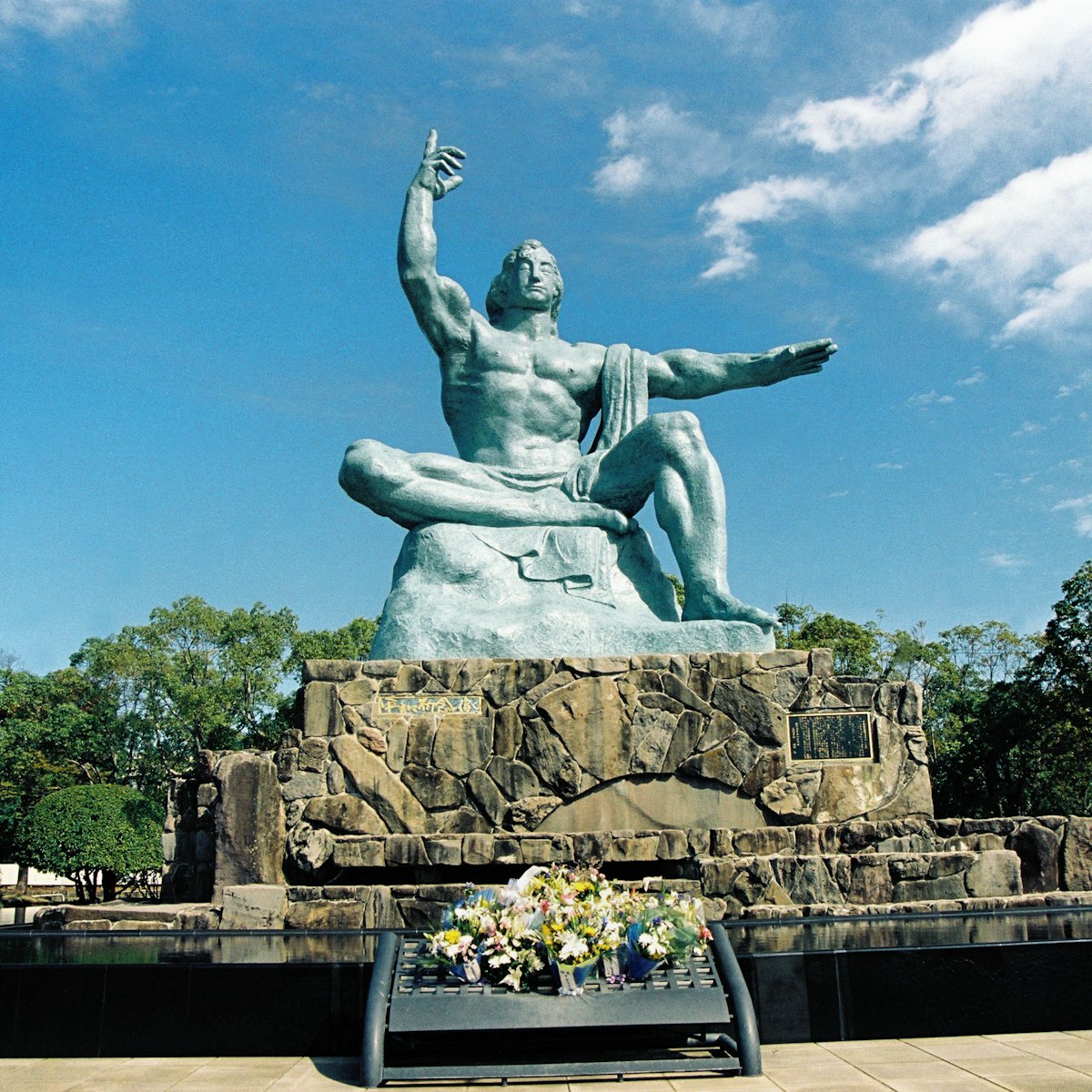
Nagasaki
A still, serene and deeply moving place, Nagasaki's Peace Park commemorates the atomic bombing of the city on August 9, 1945, which reduced the…

Nagasaki
A still, serene and deeply moving place, Nagasaki's Peace Park commemorates the atomic bombing of the city on August 9, 1945, which reduced the…

Nagasaki
On 9 August 1945, the world's second nuclear weapon detonated over Nagasaki, and this sombre place recounts the city's destruction and loss of life…
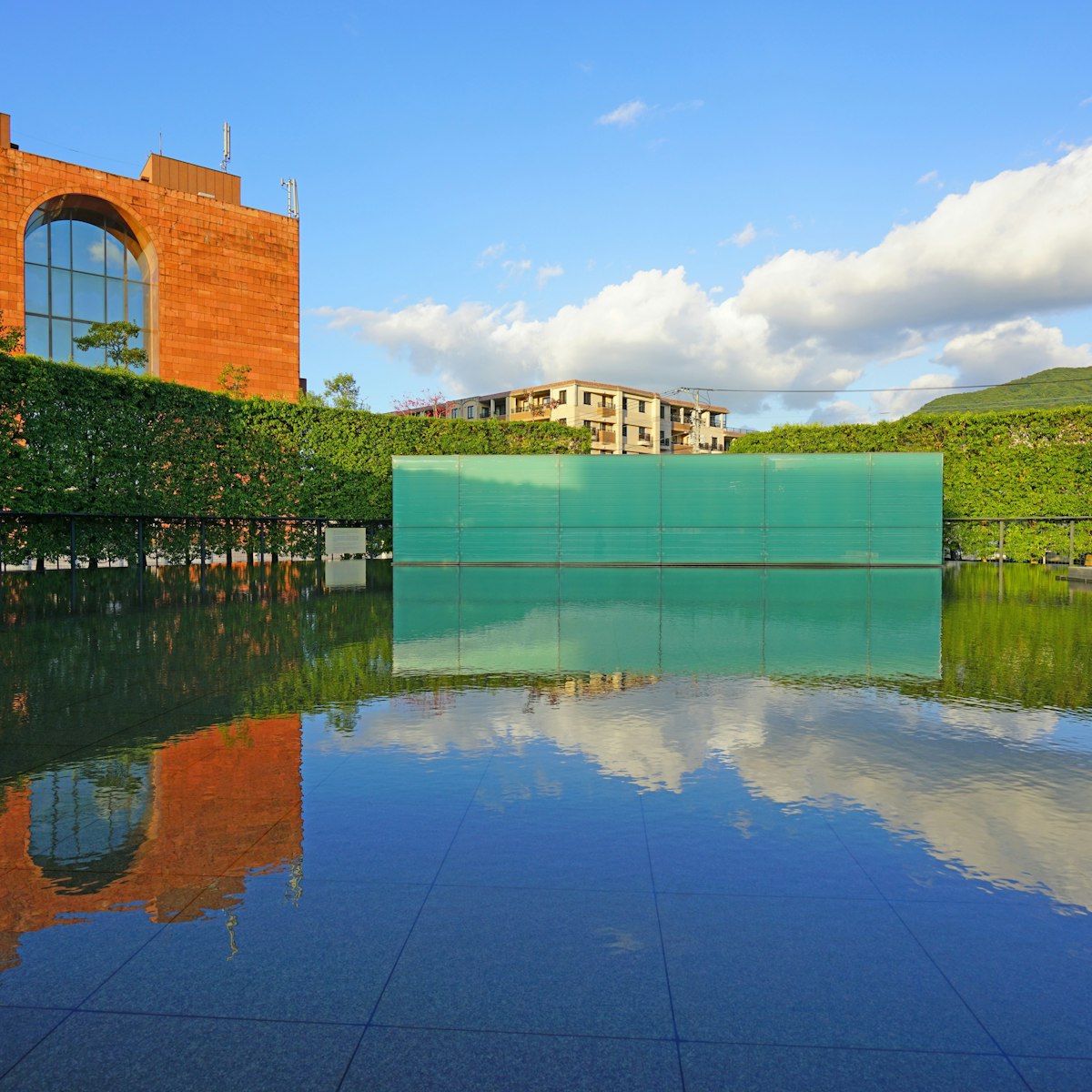
Nagasaki National Peace Memorial Hall for the Atomic Bomb Victims
Nagasaki
Adjacent to the Atomic Bomb Museum and completed in 2003, this minimalist memorial by Kuryū Akira is a profoundly moving place. It's best approached by…
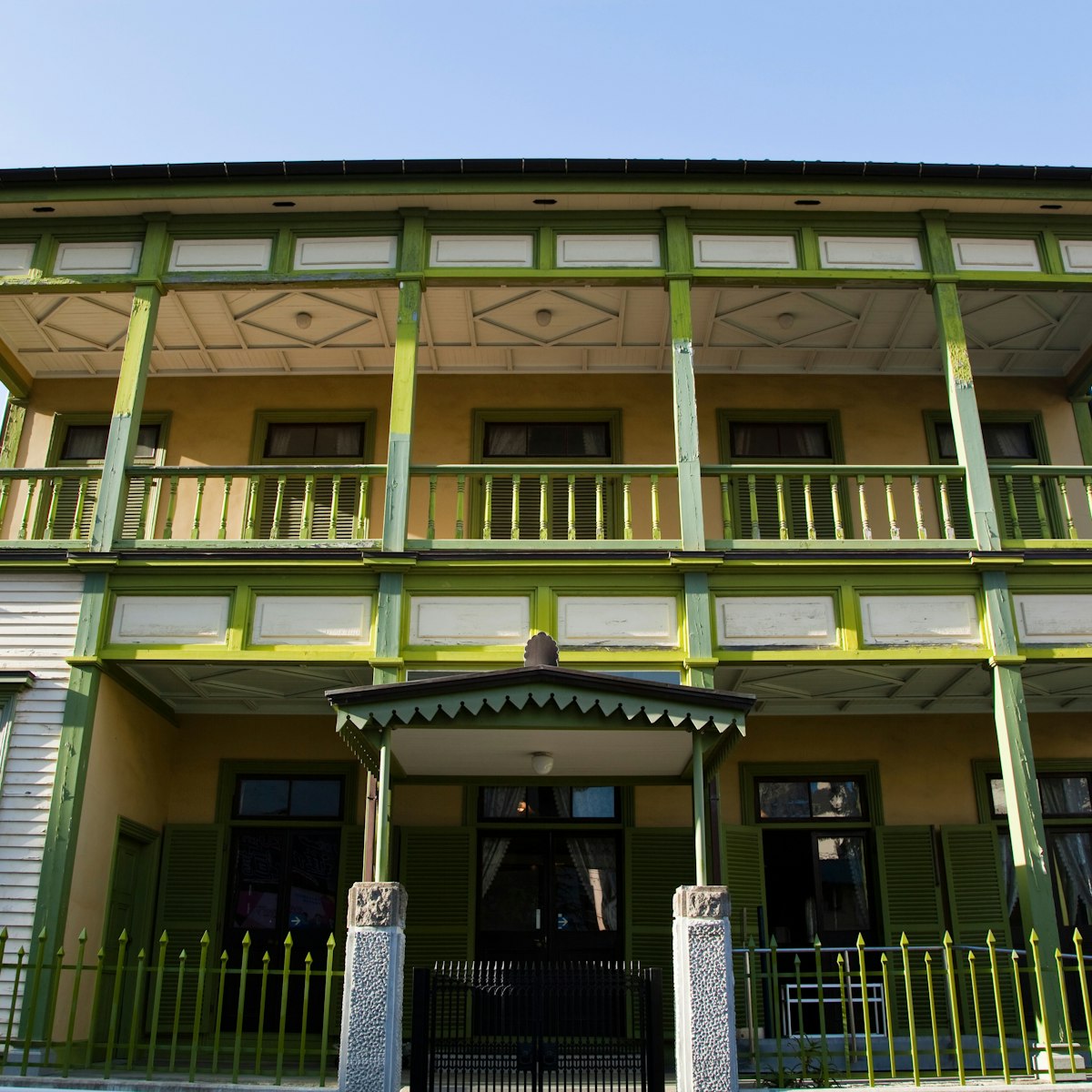
Nagasaki
In 1641 the Tokugawa shogunate banished all foreigners from Japan, with one exception: Dejima, a fan-shaped, artificial island in Nagasaki harbour. From…

Nagasaki
This hilltop church, Japan's oldest (1864), is dedicated to the 26 Christians who were crucified in Nagasaki in 1597. The former seminary and bishop's…
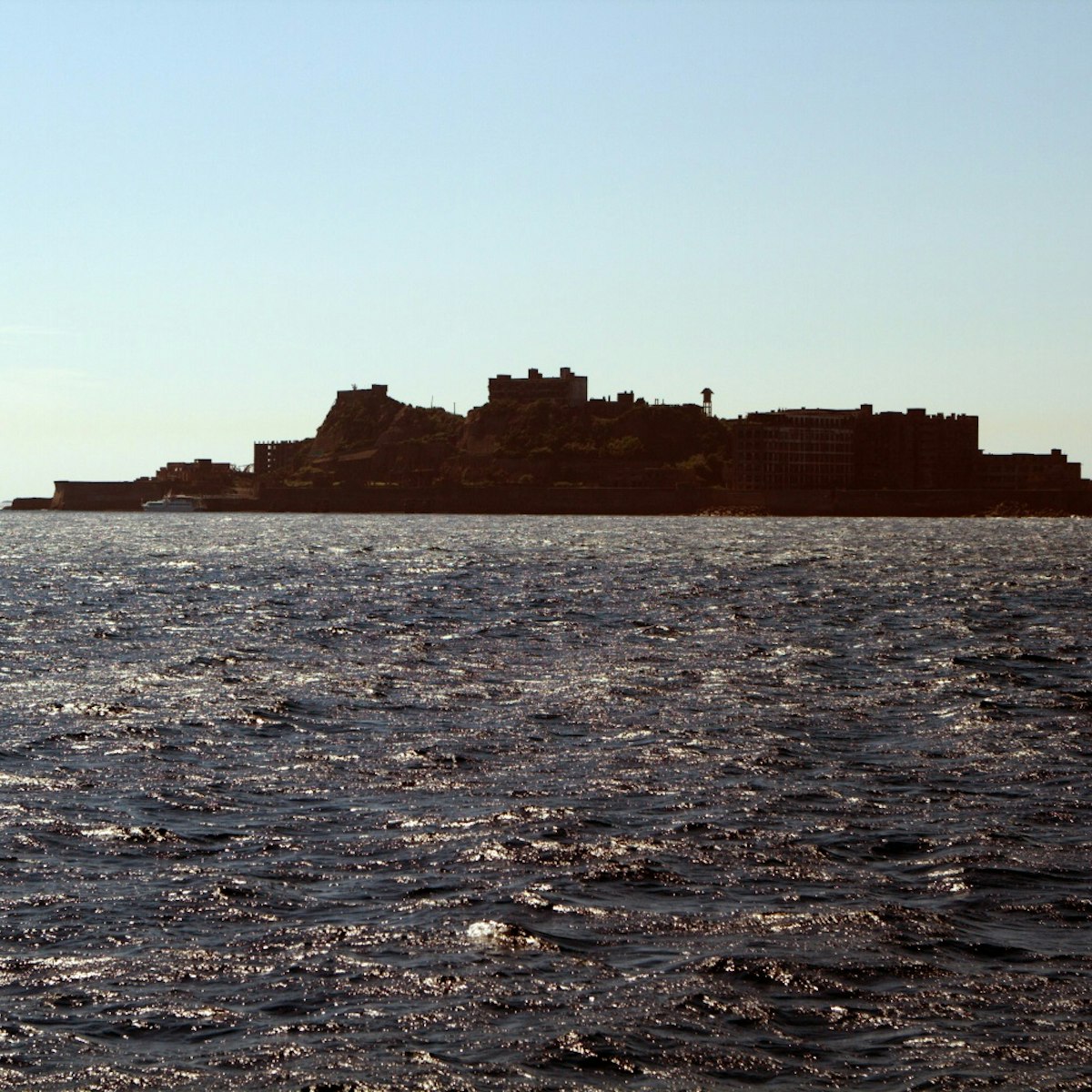
Nagasaki
From afar, the Unesco World Heritage island of Hashima resembles a battleship, hence its nickname Gunkanjima ('battleship island'). Up close, this long…
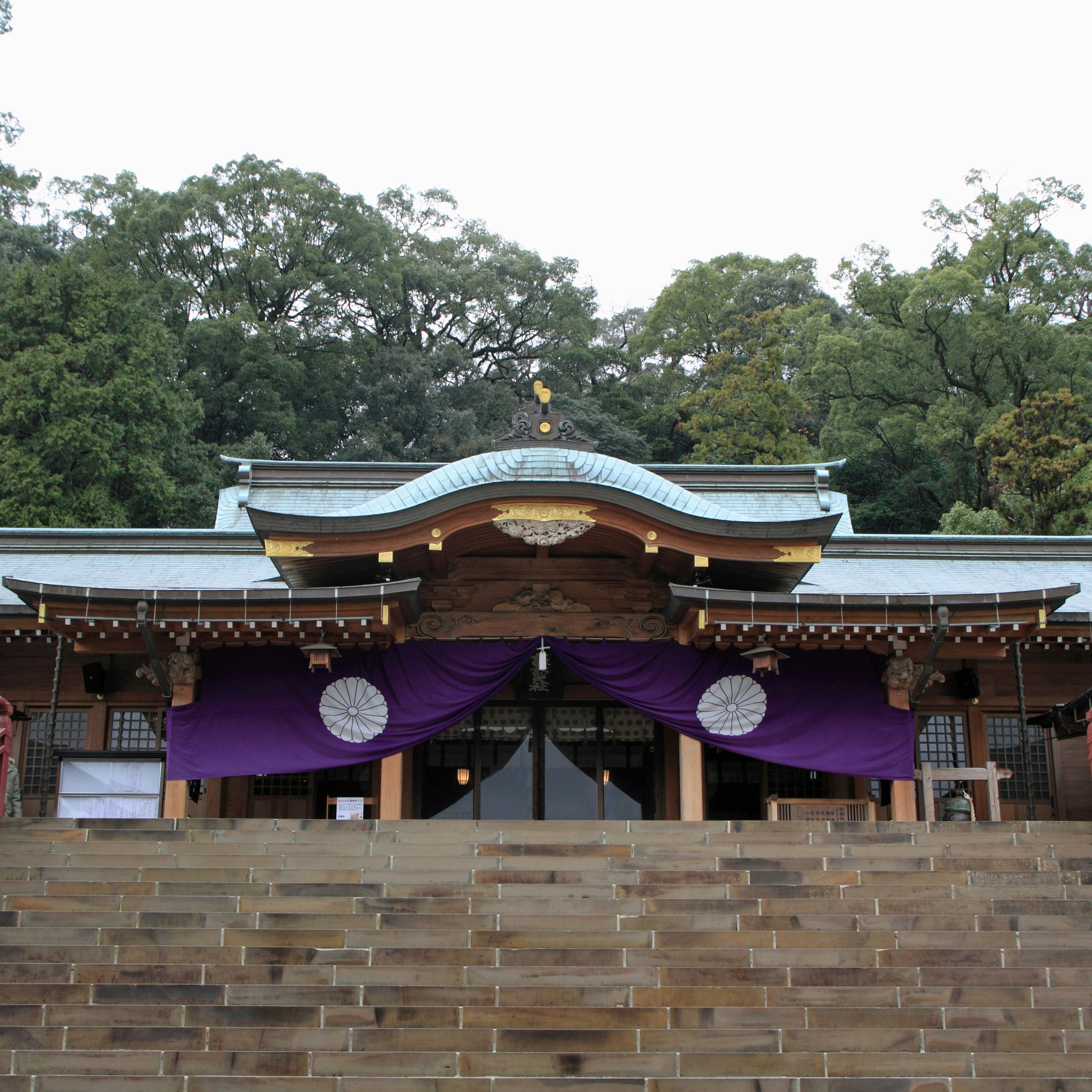
Nagasaki
Situated on a forested hilltop and reached via multiple staircases with nearly 200 steps, this enormous shrine was established in 1625. Around the grounds…
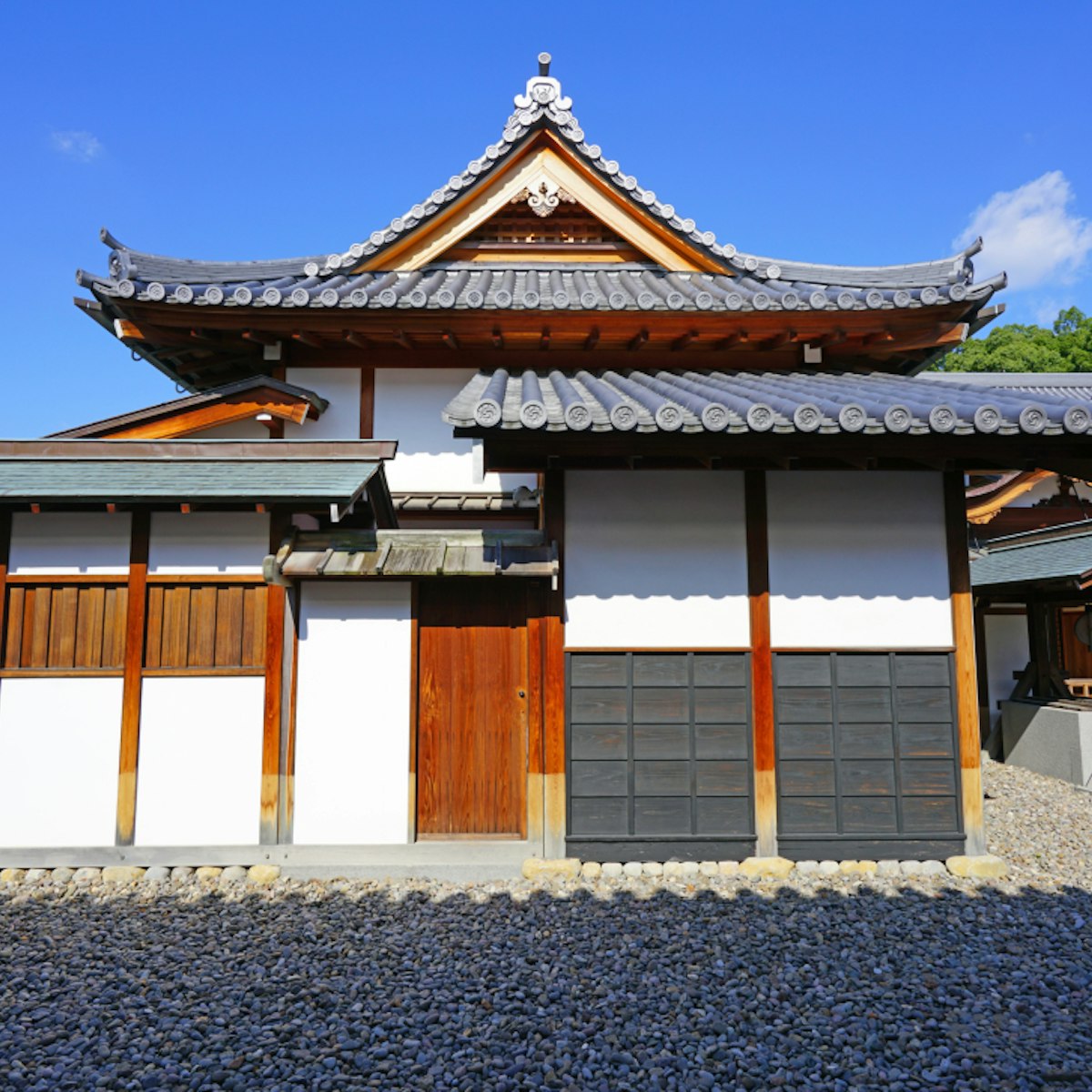
Nagasaki Museum of History & Culture
Nagasaki
This large museum with attractive displays focuses on Nagasaki's proud history of international exchange. Additionally, there's a fabulous, detailed…

Nagasaki
In Teramachi, this Ōbaku temple (Ōbaku is the third-largest Zen sect after Rinzai and Sōtō) was built in 1629 by Chinese monk Chaonian. Its red entrance…

Nagasaki
Some two dozen former homes of the city's Meiji-period European residents and other important buildings have been reassembled in this beautifully…
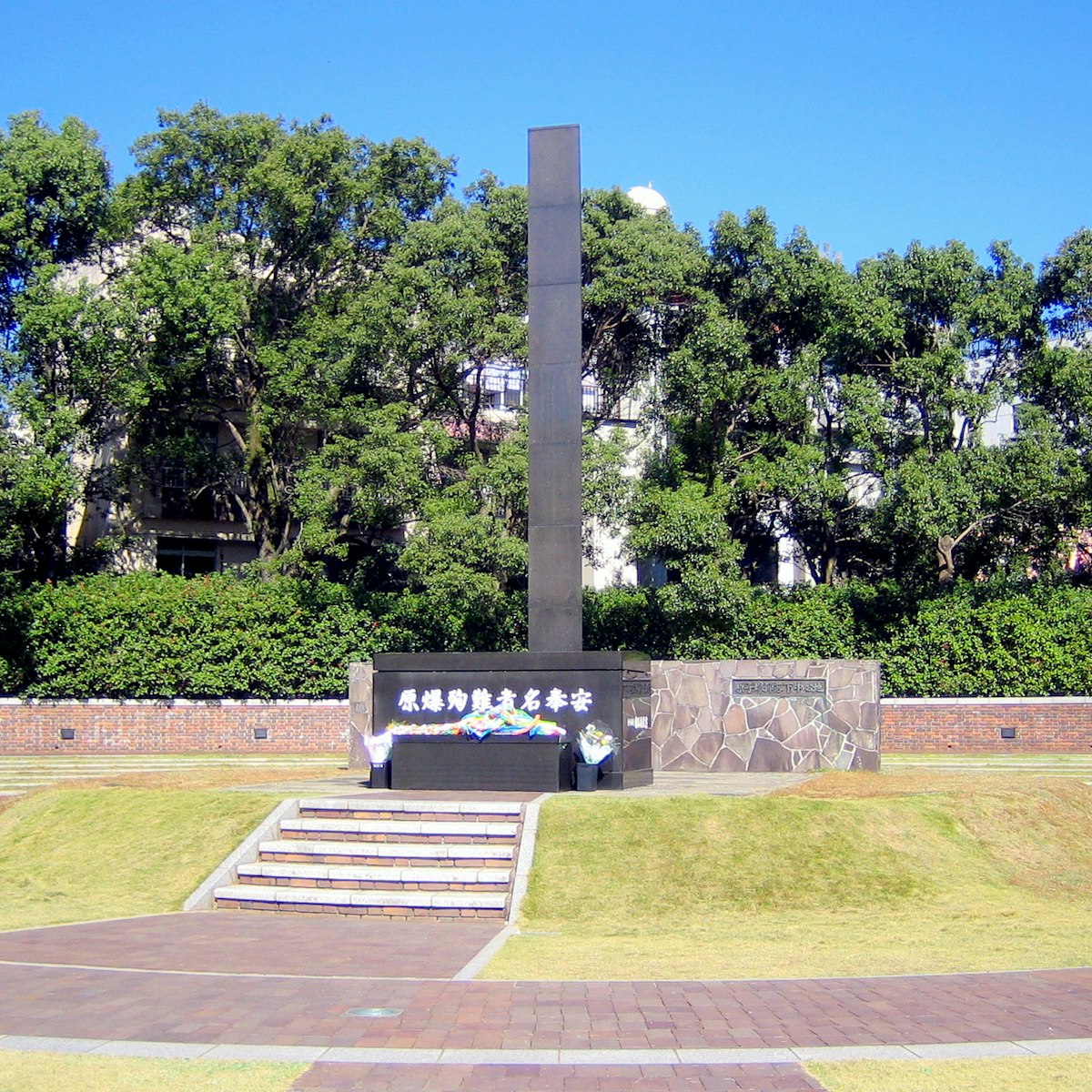
Nagasaki
A must-see for anyone coming to Nagasaki for its historic significance, this park houses a smooth, black-stone column that marks the point above which the…

Nagasaki
West of the harbour, the Nagasaki Ropeway cable car ascends every 15 to 20 minutes to the top of 333m-high Inasa-yama, offering superb views over Nagasaki…

Nagasaki
This small but quietly moving museum celebrates the courage and faith of one man in the face of overwhelming adversity. Already suffering from leukaemia,…

Nagasaki
West of the harbour, this cable car ascends every 15 to 20 minutes to the top of 333m-high Inasa-yama. The view from the mountaintop has been ranked one…

Nagasaki
Once the largest church in Asia (1914), the cathedral took three decades to complete and three seconds to flatten. This smaller replacement cathedral was…

Nagasaki
Parallel to Teramachi, the Nakashima-gawa is crossed by a picturesque collection of 17th-century stone bridges. At one time each bridge was the distinct…

Nagasaki
The best known of several bridges that cross the Nakashima-gawa, the Spectacles Bridge is so called because the reflection of the arches in the water…

Nagasaki Prefectural Art Museum
Nagasaki
Designed by Kuma Kengo (the architect behind Tokyo's Nezu Museum and 2020 Olympic Stadium), this museum straddles a canal in an environmentally friendly…

Nagasaki
At the far end of the Peace Park, this hulking, muscular bronze statue by Nagasaki Prefecture native Kitamura Seibō is a much-photographed symbol of the…

Nagasaki
In the Dutch Slopes, this quiet museum showcases the area's history through historic photographs (note that most signage is in Japanese). The combined…

Nagasaki
The atomic blast knocked down half of the stone entrance arch to Sanno-jinja shrine, 800m southeast of the hypocentre, but the other pillar remains, a…

Nagasaki
In the Dutch Slopes area, this museum has archaeological artefacts. The combined admission includes Ko-shashin-shiryōkan.

Nagasaki
This was the closest school to the nuclear blast, up a hill a mere 500m away, and 1400 children perished here. Nowadays, it's hard not to be moved by the…

Nagasaki
The gently inclined flagstone streets known as the Dutch Slopes were once lined with wooden Dutch houses. Several buildings here have been beautifully…

Kōshi-byō & Historical Museum of China
Nagasaki
The jauntily painted Kōshi-byō shrine claims to be the only Confucian shrine built by and for Chinese outside China, and the statues of sages in its…

Nagasaki
This temple takes the form of a huge turtle carrying an 18m-high figure of the goddess Kannon on its back. Inside, a Foucault pendulum (demonstrating the…

Nagasaki
A Unesco World Heritage site and Japan's oldest wooden Western-style building, this house, and the garden around it, are named for Thomas Glover (1838…

Nagasaki
For days when Gunkanjima is inaccessible (or even when it's not), you can tour the island from afar via high-tech video presentations and virtual-reality…

Nagasaki
This temple, surrounded by serene gardens, is not to be confused with Sōfuku-ji (in Teramachi). It contains an arched stone gate dating from 1657. The…

Nagasaki
During Japan's long period of seclusion, Chinese traders were theoretically just as restricted as the Dutch, but in practice they were relatively free…

Nagasaki
This memorial wall has reliefs of the 26 Christians – six Spanish friars and 20 Japanese – crucified in 1597 during a harsh crackdown. The youngest killed…

Nagasaki Traditional Performing Arts Museum
Nagasaki
Inside Glover Garden, this museum has a display of the impressive dragons and boat-shaped floats used in the colourful Kunchi Matsuri, and a large-screen…

Nagasaki
A historic house in the hillside Glover Garden, this important cultural property has been in its original location since the 1860s. The first owner was a…

Nagasaki
This former dock house has been moved to the top of Glover Garden and offers great views, especially from the 2nd floor. Inside are displays about the…

Nagasaki
Just next door to the memorial wall that honours the memory of 26 Christians murdered here in the 16th century, this museum houses Christianity-related…

Nagasaki
Inside Glover Garden, this statue memorialises Japanese opera singer Tamaki Miura, who performed as Cio-Cio-san in Puccini's famous opera Madame Butterfly…

Nagasaki
This temple in Teramachi dates from the 1620s and is noted for the Ming architecture of the main hall. Like Sōfuku-ji, it is an Ōbaku Zen temple – and the…

Nagasaki
Walker House in Glover Garden is filled with artefacts donated by the Glover and Walker families. Look for both Japanese and Western design touches.

Nagasaki
Built in 1865, this is the largest of the several historic houses in the hillside Glover Garden and one of the few still in its original location.
